Dia de Los Muertos
Carving pumpkins. Dressing up. Trick Or Treating. Screams filling the air on the night of October 31st. All things that come with the ever famous Halloween, but have you ever wondered about other holidays that happen on the 31st?
While most are out late on the streets asking for candy or tricks from strangers on the 31st of October, a new holiday begins – Dia de Los Muertos or the Day of the Dead. This is a holiday all about family and reconciling the dead. It lasts three days, October 31st to November 2nd, and is spent embracing the strength of family and the memory of ancestors passed. 
After asking a friend of mine how she spent this important holiday, I learned that most of the days are spent baking. With common sense, they go over to the house of the relative who has the biggest kitchen. The type of food they make normally depends on who they are baking it for. Normally they bake food based on what their ancestors enjoyed. This makes sense since the whole holiday is based on celebrating and remembering the lives of their ancestors.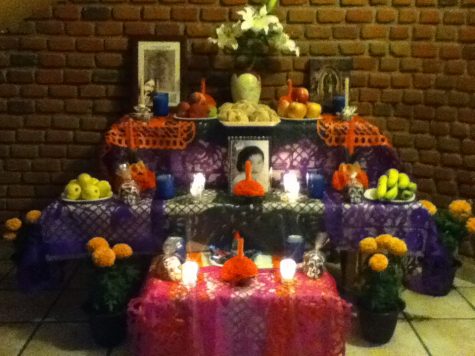
She also informed me that Dia de Los Muertos is a time of quality family time with those in the living realm and those who have passed. Her family creates an altar of sorts, with photos of her family or friends who have died. There are also candles lit, but they aren’t your regular candles. They are two main types used depending on your religion. The Christians use a Jesus candle, while Catholics use a La Virgen de Guadalupe candle. After learning what happens on the holiday, I wondered what happens when it lands upon a school da y or days. In her family, she said that because this day is so important to her culture and family, that she would miss school to celebrate it.
y or days. In her family, she said that because this day is so important to her culture and family, that she would miss school to celebrate it.
According to an NBC article, the origin of Dia de Los Muertos is in Central and Southern Mexico and has been celebrated for the past 3,000 years. Surprisingly, it didn’t fade away with the arrival of the Spanish, who thought the holiday sacrilegious. Instead, the holiday took upon someone Christian qualities. For example, the holiday is now on November 1st and 2nd, because prior to that it interfered with All Saint’s or Soul’s Day.
The reason for the multiple days of celebration is because it is believed that November 1st is the day when the spirits of children come to Earth, and November 2nd is when the spirits of adults come to Earth. The altars, previously mentioned, are typically decorated with flowers, candles, ancestor’s favorite food and pan de muerto. Pan de muerto is a slightly sweet bread that is specifically made for Dia de Los Muertos.
In some families, the festivities don’t end at the altar but continue on into a cemetery for a picnic, the playing of music, and spending the night commemorating those who are no longer with us.
One last thing that is commonly associated with Dia de Los Muertos are the Calaveras, or Sugar Skulls. The Calaveras are a symbol of our own mortality. Despite their darker sentiment, they are really a way to show that death is just as sacred and powerful as life. These skulls also serve as a light, loving reminder of those who have passed, so that we will know we will be remembered when we go, too. Calaveras can be thought as a way to remember to remember to seize the day.
Overall, this holiday creates a strong or stronger bond between family. It opens our eyes to the spiritual world around us and sometimes opens our eyes to the things our family members have experienced.

Micaela Gaither is embarking on her Senior year at FGHS, with multiple APs and her first year as Editor-In-Chief of the Advocate. When the time arises,...



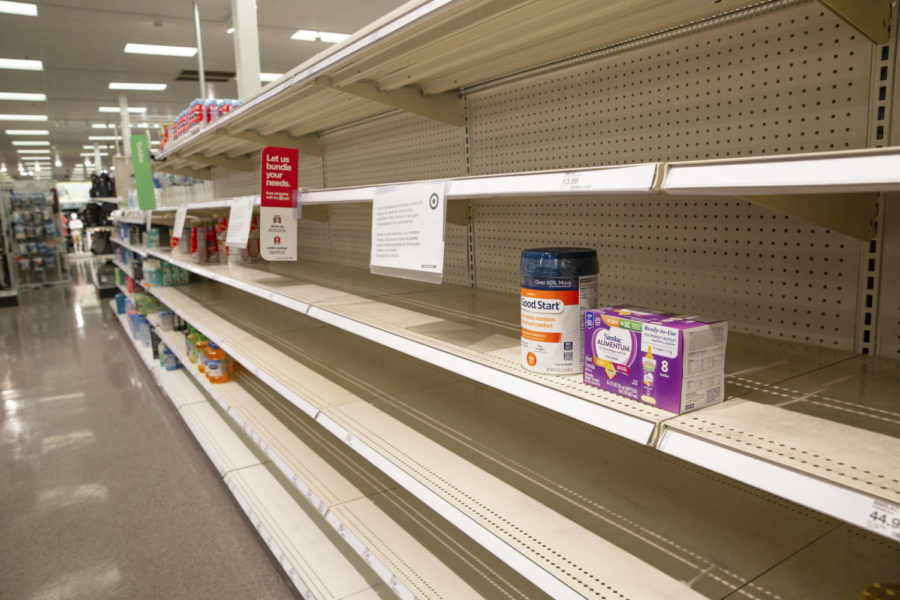


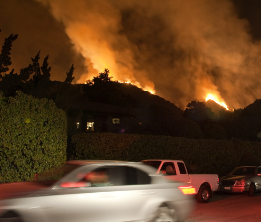







































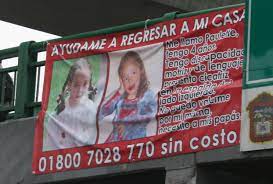


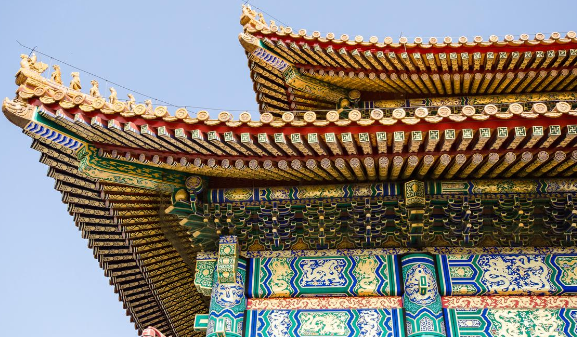






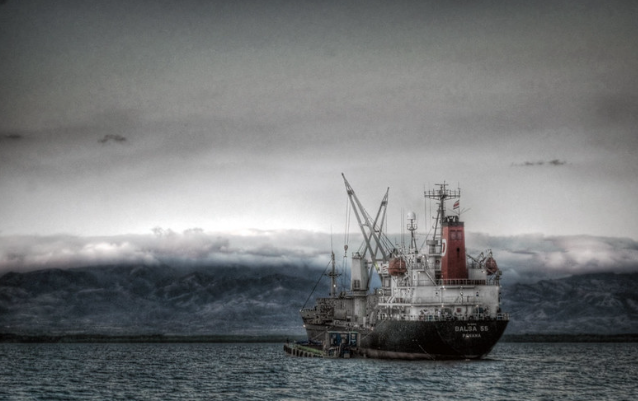







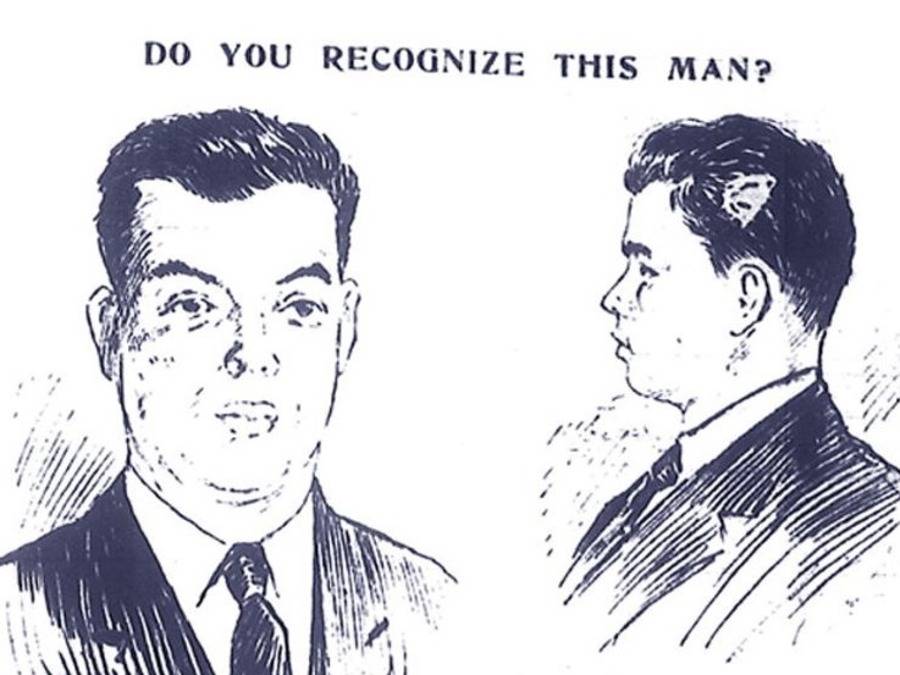
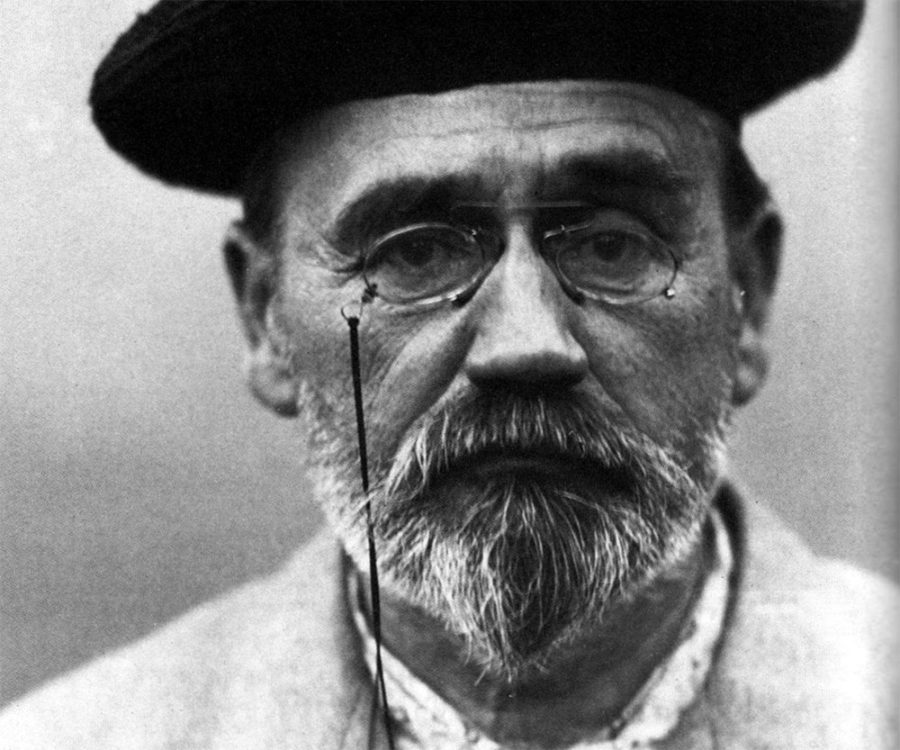







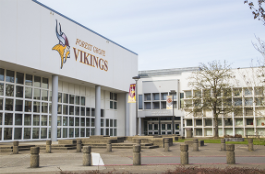





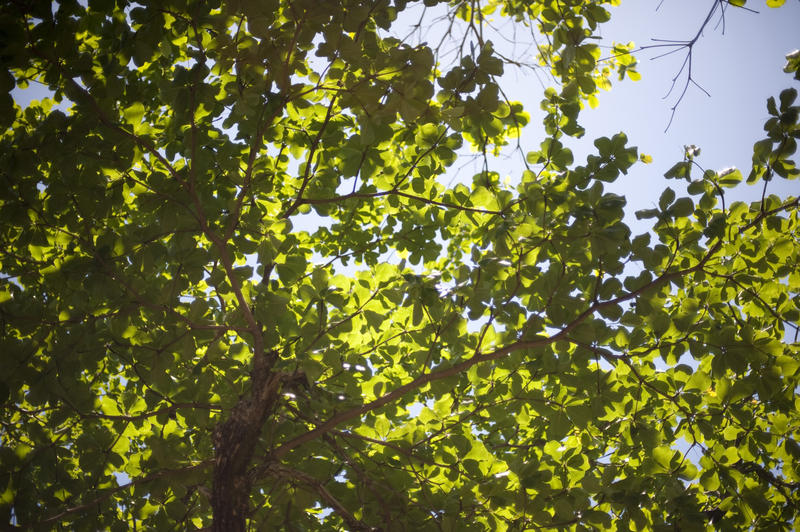





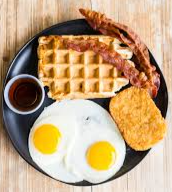




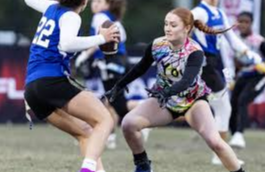







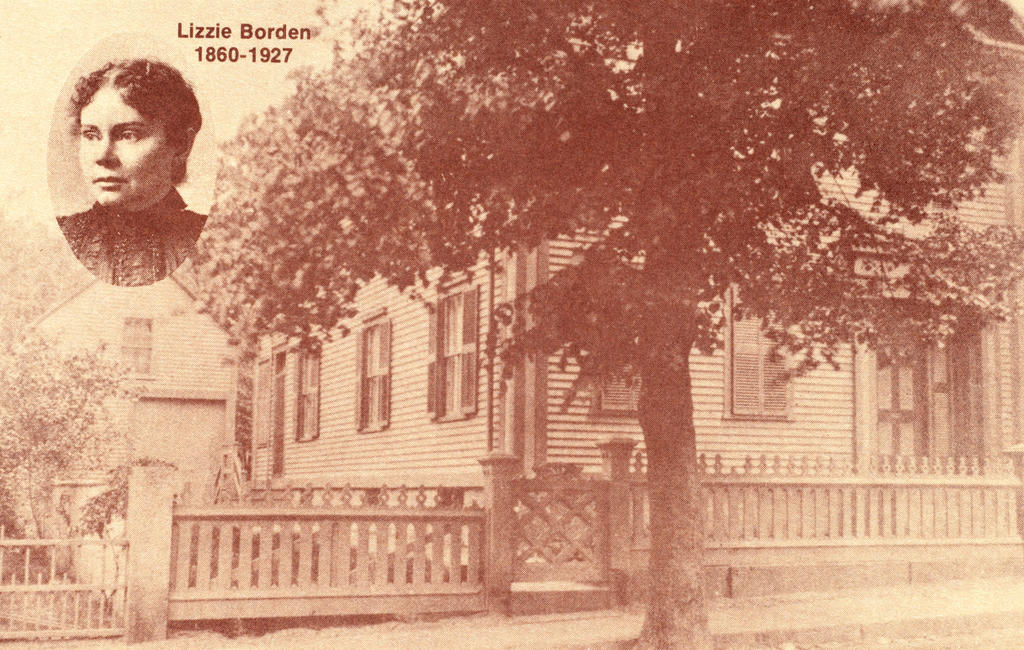














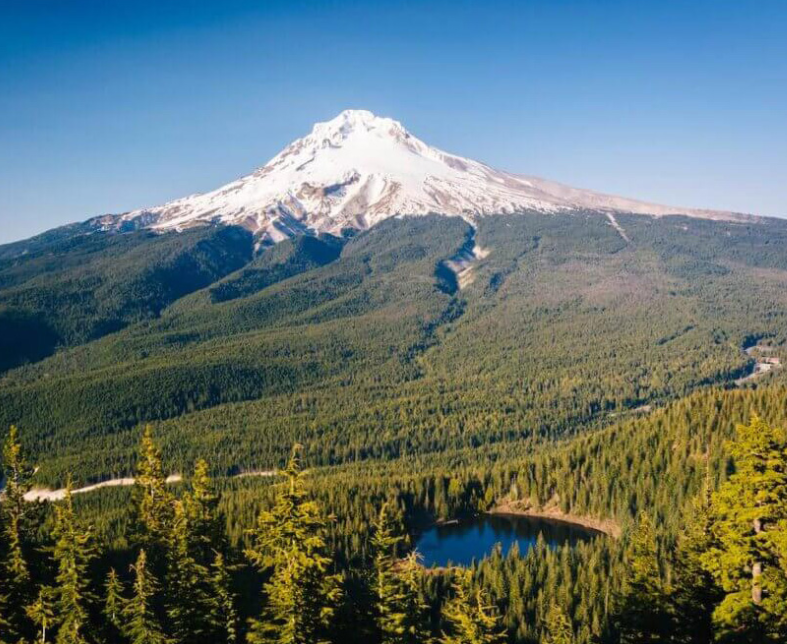









Sofia Rios • Nov 1, 2018 at 10:52 am
Love that someone wrote about the history! Great article
Alondra • Nov 1, 2018 at 10:49 am
I really like how you included someone who you know that actually celebrates this to see how they celebrate it, and not just researching everything up. Great job!